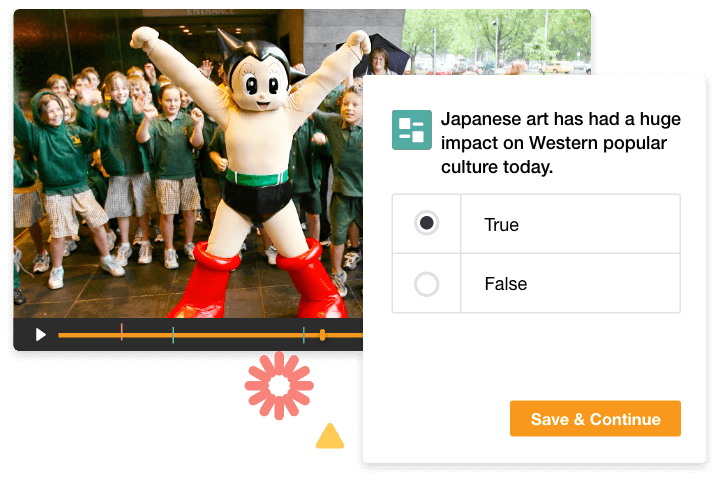What is metacognition?
Metacognition is thinking about thinking. The ability to think about how they process their thoughts, feelings and information helps students understand how they learn best. It also helps to encourage problem-solving, study skills and self-questioning in and beyond the classroom. This is a valuable skill for their years at school, but also in their broader life.
How to use metacognitive strategies
Teaching metacognitive strategies helps students understand the way they learn. By understanding how we learn best, we can make decisions to maximise our progression towards learning goals. Whether someone learns by doing, seeing or receiving instruction impacts on how we respond to given subject material.
Metacognition activities can include planning how best to approach learning tasks, evaluating progress and monitoring comprehension through self-reflection questions.
Why use metacognition in the classroom?
Explicitly teaching metacognitive strategies improves student learning. Metacognitive strategies can be taught, embedded into lesson plans and routines, and linked to curriculum content. By becoming aware of the learning process, students gain control over and take responsibility for their learning. They can self-regulate, manage motivation and actively seek out feedback to improve their understanding of how they learn.
It’s not a matter of teaching a metacognitive strategy once in isolation. It needs to be extensively modelled, with its intention shared with students.
Effective strategies for teaching metacognition
To help them achieve their learning goals within a particular topic or subject, students have the option to watch a video from the ClickView collection. These videos may include an interactive question layer to help students reflect on their thinking as they watch.
Learn more about interactive videos
3 ways ClickView helps teach metacognition in education
-
Document through vlogs
Students can reflect on their learning by recording a reflection vlog, or a series of vlogs. These could document a period of time, a class assignment or unit of work during which their skills in metacognition developed.
-
Extend personal development skills
You can create or show your classes videos on topics such as study skills, learning styles and critical thinking skills. ClickView has a variety of videos on personal development and learning topics. These are frequently accompanied by teacher resources to help you develop your lesson or lesson sequence.
-
Explore learning preferences
Students can have a class discussion analysing the style of video they prefer and giving justification as to why. This favourite style or genre might be documentary, TV, instructional, interview, parody, or something else they’ve seen.
Achieve fantastic learning outcomes with
effective teaching strategies
A ClickView subscription gets your school complete access to our library, including all supporting educational resources. As a ClickView user, you also have access to significant training opportunities. All part of your subscription, you can watch how-to video tutorials on our dedicated training channel, attend webinars or events, or get in touch with our customer success team. We’re here to help you with strategies to boost student learning outcomes in your classroom and to get the most out of ClickView.
Tips for teaching metacognition
In teaching metacognition, educators have the chance to work with students to set appropriate goals. The metacognition process also engages learners through the development of creative and critical thinking skills in the classroom or lecture theatre. Explore our huge range of curriculum-aligned educational resources
Prioritise your professional learning
To increase your confidence with teaching metacognition, professional learning can help. Make time to skill up and invest in your continued development as an educator, staying on top of contemporary learning approaches and strategies. Check out upcoming professional learning opportunities
Help support independent learning
By developing independent learning strategies, students build on their skills in metacognition. Rubrics, prompts, checklists and classroom routines can all help empower students to take responsibility for, and support, their own learning. Browse downloadable lesson plans and activities
Use complementary teaching strategies
To help students grasp metacognition and use it to its full advantage, it’s not a strategy to use in isolation. Pair the teaching of metacognition with other complementary teaching strategies for rounded skill development and application. These include goal setting, feedback, explicit teaching and questioning. Learn more about a full range of helpful teaching strategies
